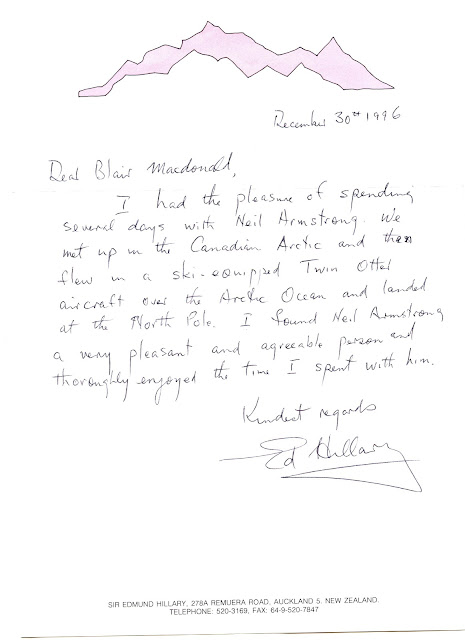Koch Snowflake and Fibonacci
This entry states that I looked at whether the Koch Snowflake has a Fibonacci number in it. For some reason, I did not publish the result. In the earlier entry, 'The Fractal Multiplier, ' I noticed that the total area is 1.6 times the area of the first triangle. It is of interest to me (the author), and of my mathematician colleague’s, that the Koch snowflake fractal multiplier is 1.6. This 1.6 is very close to (but not the same as!) the Fibonacci or Golden ratio of 1.618 .









